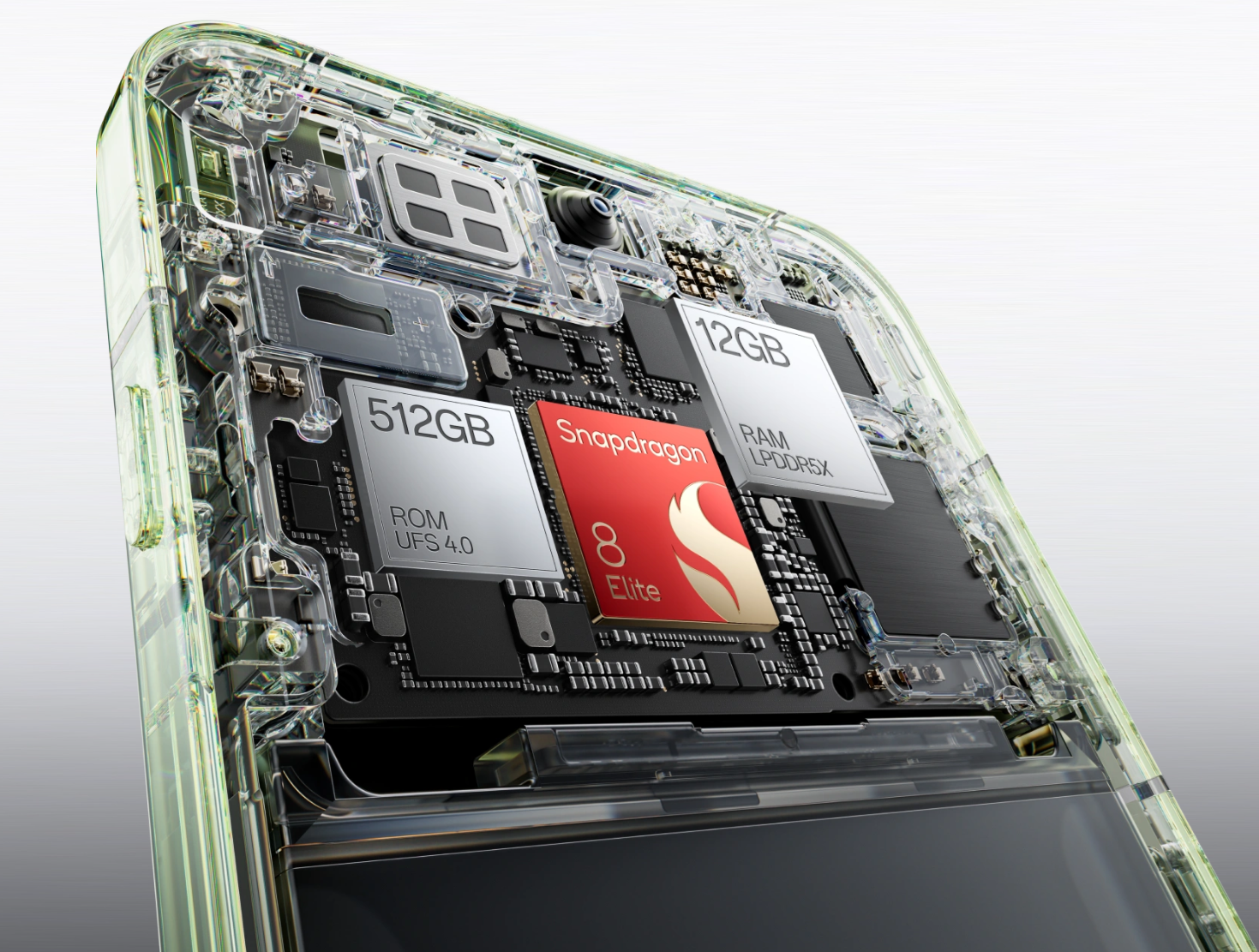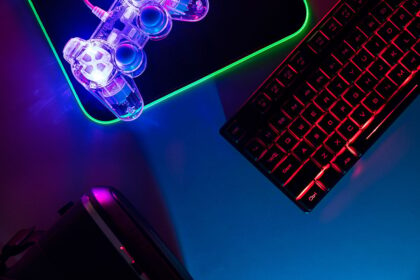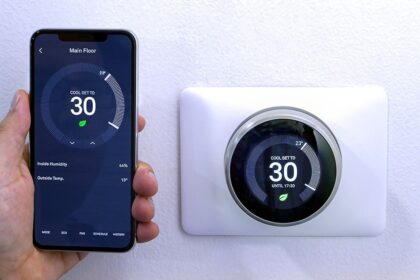Ah, the never-ending quest for the perfect smartphone! It’s like dating, isn’t it? You’ve got your “tall, dark, and handsome” types dominating the scene (read: gigantic phones with every bell and whistle), and then you get the intriguing newcomer that promises to be different. Enter the OnePlus 13s, swaggering onto the stage, claiming to be the answer to our prayers for a compact flagship. But after years in this game, my antennae are always twitching: is this a genuine game-changer for those of us with smaller hands or pockets, or is it just another pretty face with a hefty price tag trying to convince us it’s something it’s not?
Honestly, who hasn’t longed for a high-performance phone that doesn’t feel like you’re trying to palm a dinner plate? For ages, it felt like smartphone manufacturers were in a competition to see who could build the biggest slab of tech. The OnePlus 13s, with its more modest 6.32-inch screen and a promise of single-handed bliss, feels like a breath of fresh air. But the million-dollar question remains: can it truly compete with the heavy hitters, or is this “compact” dream just a clever marketing ploy? Let’s peel back the layers, shall we?
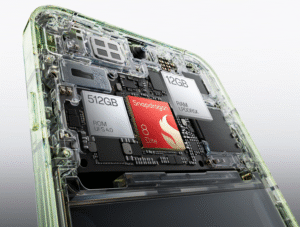 The Allure of the Compact Flagship: What OnePlus is Promising
The Allure of the Compact Flagship: What OnePlus is Promising
OnePlus is practically singing from the rooftops about the 13s being a compact powerhouse with zero compromises. And if you just look at the spec sheet, it’s pretty darn impressive. We’re talking the absolute latest Snapdragon 8 Elite chip, enough RAM to run a small rocket (think 12GB as standard), and lightning-fast UFS 4.0 storage. This is where the “flagship” part of the equation truly flexes its muscles – packing a top-tier processor into a chassis that won’t give you hand cramps.
Then there’s the display: a crisp 6.32-inch LTPO AMOLED panel, offering a 1.5K resolution and that silky-smooth 1-120Hz adaptive refresh rate. For a compact device, this is excellent, promising vibrant visuals and smart battery management. Oh, and they’ve even introduced a “Plus Key” – a twist on their signature alert slider – giving you customizable shortcuts and even quick access to those trendy AI features we’re all hearing so much about. It’s a nice touch, showing they’re trying to innovate, not just shrink.
Breaking Down the “Compact” Claim: Does Size Really Matter?
The very essence of the OnePlus 13s is its size. At 6.32 inches, it’s noticeably smaller than many of the titans ruling the market right now. OnePlus has clearly put effort into slimming down the bezels, making its overall footprint comparable to some of those 6.1-inch phones. Factor in its comfortable 185g weight and what feels like premium finishes, and you’ve got a device that genuinely feels good in the hand. For anyone who yearns for true single-handed usability and a phone that actually fits in a normal pocket, this is a huge tick in the pros column.
But here’s the rub: does “compact” automatically mean “compromised”? That’s the part that always worries me.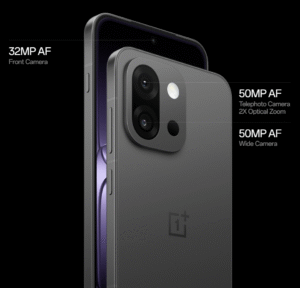
The Camera Conundrum: A Picture Worth its Price Tag?
This is where compact phones usually take a hit, and the OnePlus 13s is no exception. It rocks a dual 50MP rear camera setup – a main Sony LYT-700 sensor with OIS and a 2x telephoto lens. What’s conspicuously absent? An ultrawide camera. Seriously, folks, an ultrawide is practically table stakes on a flagship phone in 2025. Whether you’re trying to get that sprawling landscape shot or cram all your friends into a group selfie, an ultrawide is invaluable. While the primary sensor sounds promising, and that 2x telephoto is useful, the outright omission of an ultrawide feels like a glaring oversight. Was this a necessary sacrifice for the smaller form factor, or a cost-cutting measure that truly undermines its “flagship” claim? My gut says the latter.
Battery Life: Compact Endurance?
On the flip side, OnePlus is talking a big game about battery life, thanks to a fairly substantial 5850mAh battery for a phone this size. Couple that with 80W SuperVOOC fast charging, and they’re promising a full day’s use and quick top-ups. This is crucial for any smartphone, and if it lives up to the hype in the real world, it’s a solid point for the “compact flagship” argument. Nobody wants a portable device that spends more time tethered to a wall than in their hand.
The “Overpriced Gimmick” Argument: Where the Criticism Lands Hard
Now, let’s talk about the elephant in the room, the one that makes me sigh and shake my head: the price. Kicking off around ₹54,999 in India, the OnePlus 13s isn’t exactly a budget buy. It’s elbowing its way into a fiercely competitive segment, going head-to-head with larger, more established flagships and even some “pro” versions from other brands.
The Flagship Features You Don’t Get (and Why It Stings)
While it’s packing a powerful punch under the hood, the OnePlus 13s makes some curious omissions for a phone in this price bracket:
- No Ultrawide Camera: I’m hammering this point because it’s a fundamental part of a modern flagship camera system. It feels like a step backward.
- Peak Brightness: The display is good, don’t get me wrong, but its 1600 nits peak brightness pales in comparison to some competitors hitting 2600 nits or even a dazzling 4500 nits. This matters when you’re trying to use your phone under a bright Delhi sun.
- Wireless Charging: This one genuinely baffles me. In 2025, on a “flagship” device, no wireless charging? That’s a feature we expect as standard in the premium segment. It feels incredibly outdated.
- IP Rating: While it likely has some splash and dust resistance, a full IP68 rating – which means it can survive a proper dunk – isn’t explicitly marketed. Another staple of true flagships.
These missing pieces, especially when you consider that price tag, really start to push the needle towards the “overpriced gimmick” side of the scale. Are consumers genuinely paying a premium for a smaller size, only to sacrifice basic functionalities that are commonplace on other devices at this price point, or even cheaper? It feels a lot like it.
The Verdict: The Camera Kills the Flagship Dream
So, after all that, is the OnePlus 13s a compact flagship or an overpriced gimmick? For me, the answer is leaning heavily towards the latter, primarily because of the camera system and those other missing features.
Yes, it’s got a compact form factor with undeniable power. If your absolute top priority is a smaller phone with top-tier performance, then sure, the OnePlus 13s delivers on that front. The Snapdragon 8 Elite, that great display, and a solid battery life are genuinely compelling.
However, the camera system, specifically the lack of an ultrawide lens, simply isn’t acceptable for a device claiming “high-end flagship” status at this price. Flagships in 2025 are about offering a complete premium experience, not just raw power in a smaller box. When you factor in the missing wireless charging and the display’s lower peak brightness compared to competitors, the OnePlus 13s starts to look less like a smart compromise and more like a device that’s charging you flagship money for a decidedly incomplete flagship experience.
It feels like OnePlus focused so much on shrinking the size that they forgot to include features that define a true premium smartphone today. If you’re dropping north of ₹50,000, you expect the works. The OnePlus 13s might be compact and speedy, but its camera limitations and feature omissions mean it falls short of truly justifying its “flagship” claim, especially when you weigh it against its price. It’s for a very specific niche: someone who values size above almost everything else. For the rest of us, it feels like an opportunity missed, and a price tag that doesn’t quite match the product.





